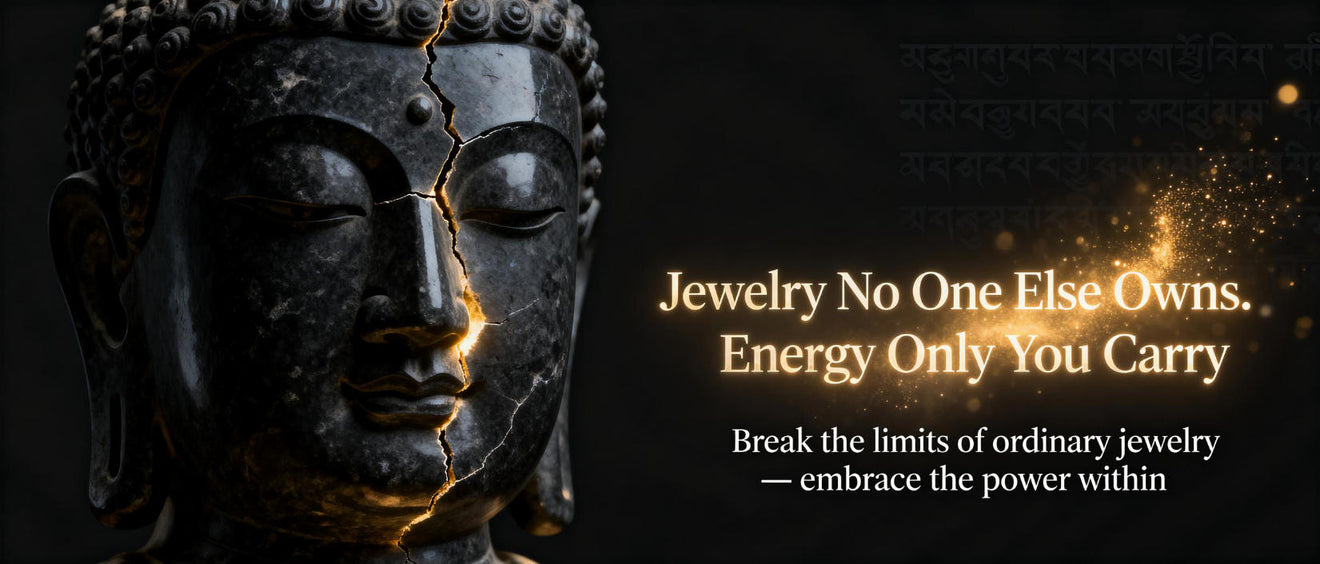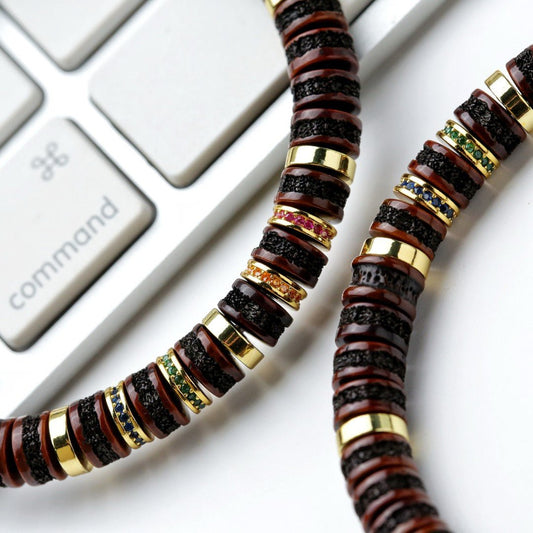extensively handcrafted Buddhist prayer beads for spiritual practice?

Within the refined texture within Himalayan sacred teachings are present two celebrated items: the painted thangka and the sacred bodhi bead. Separately, in personalized means, provide access to spiritual knowledge. The thangka, an elaborate depiction, features deities, cosmic designs, or scriptural scenes, supporting mindfulness exercises.
On the other hand, the bodhi bead, often crafted from rare crystals, planks, seeds, or ossein, is a tangible reminder of Buddha's realization under the bodhi tree. Employing the beads assists in mental stillness.
- In unison, the thangka and the bodhi bead manifest the marriage of image and mindfulness. They offer a tangible link to the sacred teachings of Tibetan Buddhism.
Tales Whispered by Camel Bone
Over ancient epochs, ancient treasures whisper tales involving a world long departed. These are not ornate objects in disregarded empires, but elementary camel bones inscribed with symbols that harbor the enigmas of a bygone era. Each segment embodies the echo arising from a life lived, a journey made, and a connection to the primeval wisdom within which surrounds us all.
- It
- Tokens
- Offer
Exploring the Mystical World of Thangka Art
Tangkas are luminous paintings on canvas, meticulously crafted by Tibetan artists to depict divine figures and scenes from Buddhist scriptures. Each detail within a thangka is laden with depth, forming a complex tapestry of visual narratives that guide the viewer on a introspective journey. The pigments used in thangkas are not merely aesthetic choices but carry deeper connotations, reflecting different aspects of the Buddhist ideology. From the austere figures to the intricate motifs, thangkas offer a insight into the rich world of Tibetan Buddhism, inviting us to study upon its teachings.
- Historical thangka art often depicts key Buddhist figures such as Buddha Shakyamuni, Bodhisattvas like Avalokiteshvara and Manjushri, and enlightened beings from various branches of Tibetan Buddhism.
- Inside these representations lies a wealth of knowledge that can be interpreted by those who explore the symbolic language of thangkas.
Enlightened One's Path to Enlightenment: Embodied in Beads and Bone
Upon the winding way to awakening, the Buddha used icons imbued with profound value. Separate bead and material held within them the quintessence of his enlightenment, offering glimpses into the matrix of reality. Amidst their design, the Buddha transmitted profound discoveries that overcome the realm of material perception.
From these devotional beads, crafted from ancient materials, arose vibrations that corresponded with the nuanced forces within. The remains of a existence, meticulously transformed into charms, served as tangible guides of the impermanence constitutional to all realities.
Thangkas: Windows into Himalayan Spirituality
Thangkas colorful paintings on cloth serve as influential representations of Himalayan spirituality. These intricate works of art, meticulously created with careful brushstrokes, depict a vast array in Buddhist deities, mandalas, and scenes from historic scriptures. Each thangka is a meditative instrument for meditation and contemplation, offering understanding into the complex teachings of Buddhism.
- They are often used in ritual ceremonies in the context of
- inducing states of spiritual transcendence.
- Thangkas serve as not merely decorative creations but rather gateways into the rich and intriguing world of Himalayan spiritual traditions.
Bodhi Beads: A Journey Through Mindfulness and Compassion
Each orb on a bodhi bead mala whispers tales of ancient wisdom, guiding us on a odyssey through the tranquil waters of mindfulness. As we clutch these intricately shaped beads, our fingers trace the contours of single one, anchoring our focus in the present moment. The gentle mass of the beads against our palms serves as a tangible reminder to take a breath, fostering a sense of tranquility.
- At each bead that passes between our fingers, we encourage compassion, extending it first to ourselves and then outward to the world.
- Eastern philosophy teaches us that mindfulness is a discipline that requires patience and perseverance.
Employing the rhythmic repetition of mantra or simply the mindful surveying of the beads, we release from the relentless chatter of the mind.
The practice involving bodhi beads is a graceful invitation to renew our connection with ourselves and the world around us.
Unleashing Intention: Creating a Camel Bone Bracelet for Enlightenment
Purpose functions as an influential power in our lives, shaping our experiences and guiding us towards our foreordained route. When we combine this intention with the primordial insights of crafting a camel bone bracelet, we create a potent synergy that can enhance our spiritual growth.Camel bone holds spiritual depth, representing sturdiness. Its natural beauty and vintage attractiveness serve as a constant reminder of the fundamental dynamic within each of us.As we carefully select each bone, infuse our intentions into the bracelet. With every knot or tie, we entwine our hopes, dreams, and aspirations for spiritual evolution. This act of creation becomes a sacred ritual, blending us with our inner wisdom and guiding us on a exploration of consciousness.- Allow the bone’s pigments to mirror your sacred objectives.
- Imagine your dreams threading through each crafted segment.
- Consecrate the bracelet through ritual to increase its potency.
Exploring Camel Bone as a Buddhist Symbol
In the rich tapestry encircling Buddhist tradition, artifacts often hold profound symbolic meaning. Among these varied objects, camel bone stands out as a distinct and captivating element. Among history, this material has been exploited in the crafting during various Buddhist implements, each imbued with specific symbolisms.
- Regarded as a symbol of resilience and strength due to the camel's ability to persist in harsh environments, camel bone often reflects spiritual fortitude.
- Coupled with, the color and texture concerning camel bone are believed on some to hold auspicious connotations, expressing purity and serenity.
Thereupon, camel bone has become a important part of Buddhist lineage, serving as a tangible nexus to the profound teachings transmitted through this ancient faith.
Thangka Paintings: A Tapestry of Divine Stories
Within the ethereal realm of Tibetan Buddhism, Thangka paintings emerge as sacred portals to enlightenment. These captivating works, meticulously crafted by skilled artists known as thangkapa, depict a myriad of vibrant deities, celestial beings, and mythical creatures. Each brushstroke injects profound spiritual significance, narrating ancient tales and philosophical dogmas.
- Including a vast compendium of Buddhist iconography, Thangkas serve as both devotional objects and instructional tools. Pious practitioners gaze upon these paintings during rituals and meditations, seeking to pursue spiritual wisdom.
- Elegantly fashioned with intricate details incorporating a spectrum of vibrant hues, Thangkas are considered windows into the divine. Any painting acts as a symbolic representation of the Bodhisattva's teachings and the path to liberation.
With the aid of their effective imagery and symbolism, Thangka paintings offer a glimpse into the rich mystical traditions of Tibet. They are a testament to the enduring grace of Tibetan art and its profound ability to empower.
Embracing the Duality: Thangkas and the Cycle of Life and Death
Thangkas, radiant pictorial scrolls from Tibetan culture, embody a meaningful examination of life’s transience. Each intricate depiction depicts deities and beings engaged in the evolving passage of life and death, a tapestry of birth, growth, impermanence, and resurgence. The artists skillfully fuse these concepts within the thangka's realm, highlighting the correlation of all things. Through vivid figures, they invite us to meditate on our own being. The cycle circulates, a tempo of coming and going, emphasizing the preciousness of each moment. By embracing this duality, thangkas teach us to appreciate the beauty in both life's joys and sorrows.Chains of Spirituality: The Significance of Bracelets in Buddhist Practice
In the intricate tapestry of Buddhist practice, seemingly minimalist objects often hold profound meaning. Among these are bracelets, which serve as tangible symbols of devotion and commitment to the journey of Buddha. Worn on the wrist, a bracelet serves as a constant reminder of one's aspirations and ambitions. It can stand for the impermanence of life, stimulating practitioners to remain stable in the present moment. Some bracelets may harbor sacred glyphs, such as mantras or the names of Buddhas, which are viewed to generate positive energy and guard. Others frequently are made from constituents with spiritual significance, like sandalwood or lotus seeds, strengthening the bracelet's effect. Ultimately, the significance of a Buddhist bracelet exists far beyond its physical form. It becomes a powerful tool for prayer, a inspiration to live in harmony with the teachings of Buddha, Buddhist prayer beads and a wellspring of one's unwavering faith.